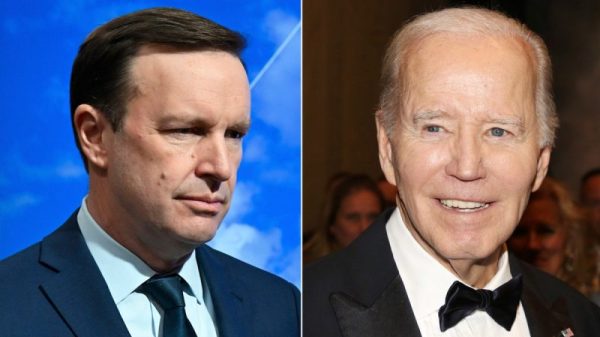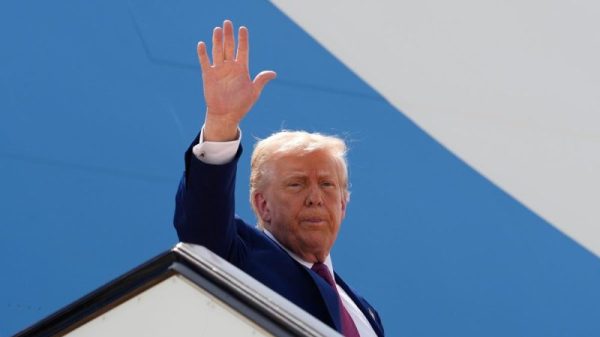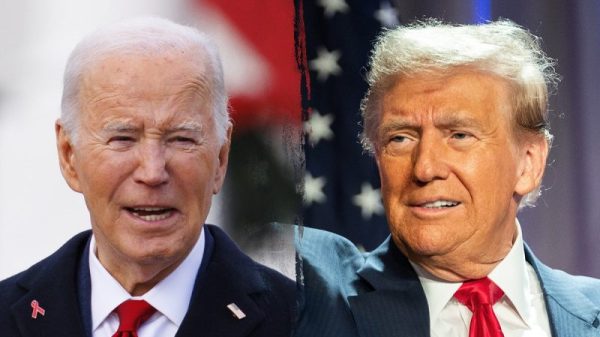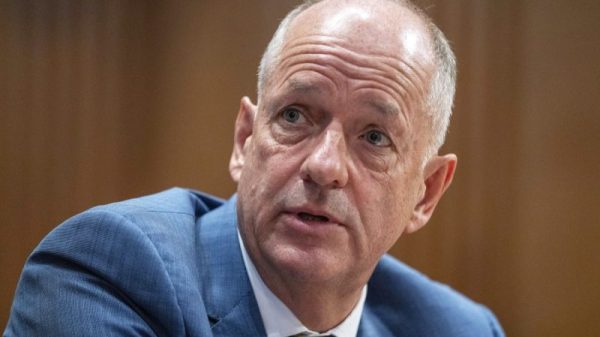Reserve Bank of India: Inflation Rate And Economic Activity
As widely expected, the RBI decided to keep the Indian policy rate unchanged as part of its efforts to prevent cost-of-living inflation. The Governor of the Reserve Bank of India, Shaktikanta Das, announced that the policy repo rate would remain at 6.50%. This decision aligns with the RBI’s ongoing strategy to gradually tighten monetary conditions by continuing the “withdrawal of accommodation,” which refers to the reduction of measures implemented to support the economy during the previous period.
Economists had generally predicted this outcome, agreeing with The Wall Street Journal’s forecast. All ten experts consulted by the publication anticipated that the RBI would maintain its current stance.
By holding the present rate, the Reserve Bank of India signals its caution regarding inflationary pressures. This approach aims to stabilize prices without disrupting economic momentum.
Despite global economic uncertainties, the RBI’s consistent monetary policy demonstrates the central bank’s thoughtful management of India’s financial future.
The Consumer-Price Index For June
In June, India’s consumer-price index increased by 5.1%, marking an annual increase of 5.1% compared to last year. This was 0.35% higher than in May. India’s central bank’s real objective is to keep inflation under 2%, and it can also fluctuate between 2% more and 2% less than the target. The non-stop price increase is supposed to make the RBI cautious about reducing interest rates, specifically in the face of the country’s robust economic development.
Although due to the Russia-Ukraine war and post-pandemic recovery inflationary pressures, there were a series of quick rate hikes adding up to 2.5 percentage points between May 2022 and December 2023, the Reserve Bank of India did not decide to increase its policy rate above the current level.
Heavy government spending on infrastructure and a surge in manufacturing and construction have demonstrated India’s economic resilience. The economy gained 8.2% in the year ending March. Despite this, rising prices remain a real pressure. As the central bank rolls out monetary policy, it should closely watch measures to control inflation without causing negative outcomes.
India’s Economic Landscape: India’s $5.19 Trillion Market
India’s economic landscape is quickly changing as the National Stock Exchange of India reaches a valuation of $5.19 trillion, making it the Asia-Pacific region’s third most important stock exchange.
As the most populous country in the world, India now stands on the threshold of becoming the most complete and resilient manufacturing sector, attracting attention from global investors. This shift is driven by political factors between India and the US and India’s success with major companies. Additionally, global supply chains are increasingly looking towards India. Major companies like Apple supplier Foxconn and Micron Technology are actively directing funds into India, highlighting this significant change.
Micron Technology is set to design the semiconductor chip, the first high-technology production, in India in 2025.
These moves reflect the ever-growing conviction that India offers more than short-term opportunities, providing a long-term investment horizon with returns that exceed the cost of capital and have long-term potential.
From the standpoint of international investment, India is not only an alternative but also a very attractive spot for investments. The growth is expected to continue for the coming decades. One of the country’s new positions in the world is to show that its economic potential is not about to go away almost suddenly but is rather a stable developmental path that can be a decisive factor in global manufacturing and finance.
Reserve Bank of India’s Bold Move: Rupee’s Exchange Rate
The Reserve Bank of India, in a groundbreaking move to stabilize the Indian rupee, has carried out a strategic intervention. The rupee has been sharply falling, and this intervention aims to arrest its devaluation. Over the last three days, the rupee has hit record low spots. On Tuesday, it was only 84/$ away from an emergency level.
The rupee’s situation warranted this proactive measure, as it was the worst-performing currency in Asia over the last month, and the volatility created by trades funded with the Chinese yuan has only contributed to the situation.
Multiple market segments were the focus of the RBI’s intervention, such as spot, futures, and non-deliverable forwards. The central bank reportedly sold as much as $1.5 billion in the market of non-deliverable forwards on the day before the spot market started trading. This crucial decision averted the rupee from breaking below the psychological 84 level.
The RBI advised banks to “consider the existing position size the risk limit” rather than ordering them to reduce their positions or providing detailed instructions on operating the non-deliverable forwards.
India’s Managing Food Inflation Rate And Economic Activity
India has faced a very difficult situation with the struggling sector of food prices. Food prices are a major part of the consumption basket. This exacerbates economic pressures amid significant income inequality.
Despite this, the IMF projects India to be at the top of major economies in 2024. However, the country must distribute 800 million food grains for free, an enormous task.
The Reserve Bank of India’s Monetary Policy Committee (MPC) continues to keep rates steady in its first-ever enlargement, welcomed by the majority for the ninth time. Its primary focus is on improving inflation control, price stability in goods and services, and positively impacting economic growth.
Despite our current global economic uncertainties, India’s stable response to the situation is notable. Along with its higher economic shares, this presents a very convincing account of India’s growth. It also highlights India’s resilience on the global stage.
The post Reserve Bank of India Holds Rates Steady appeared first on FinanceBrokerage.

































